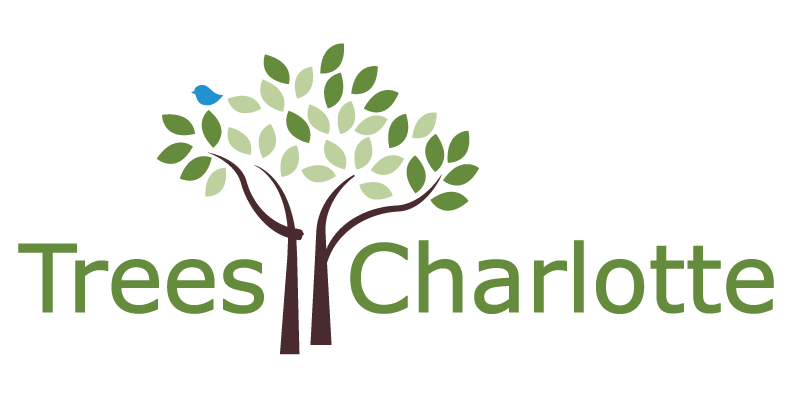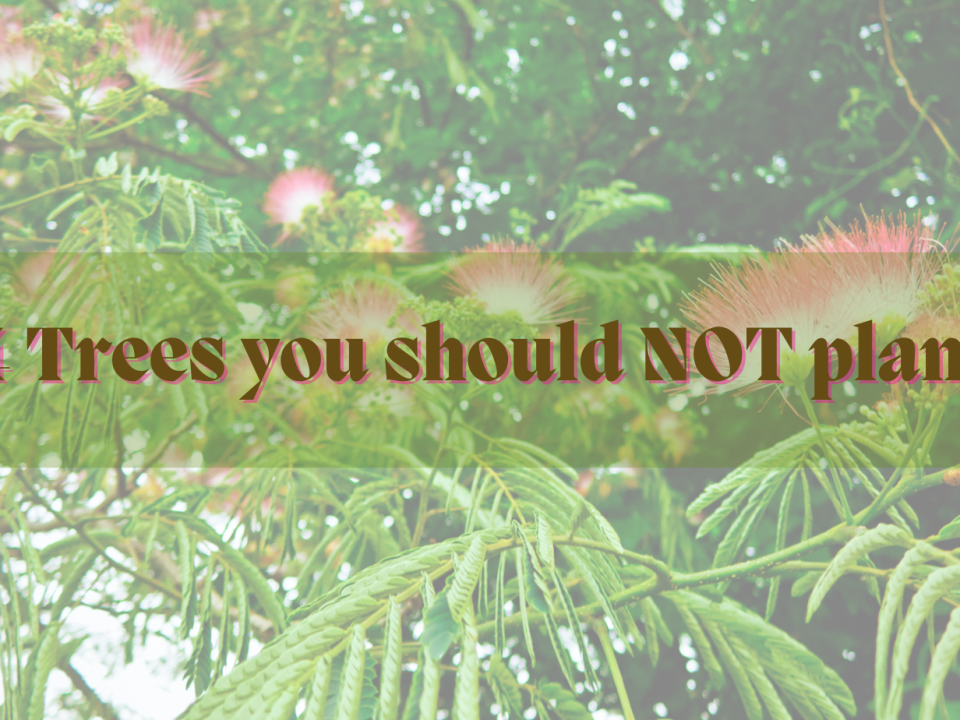February 2021 Tree of the Month: Redbud
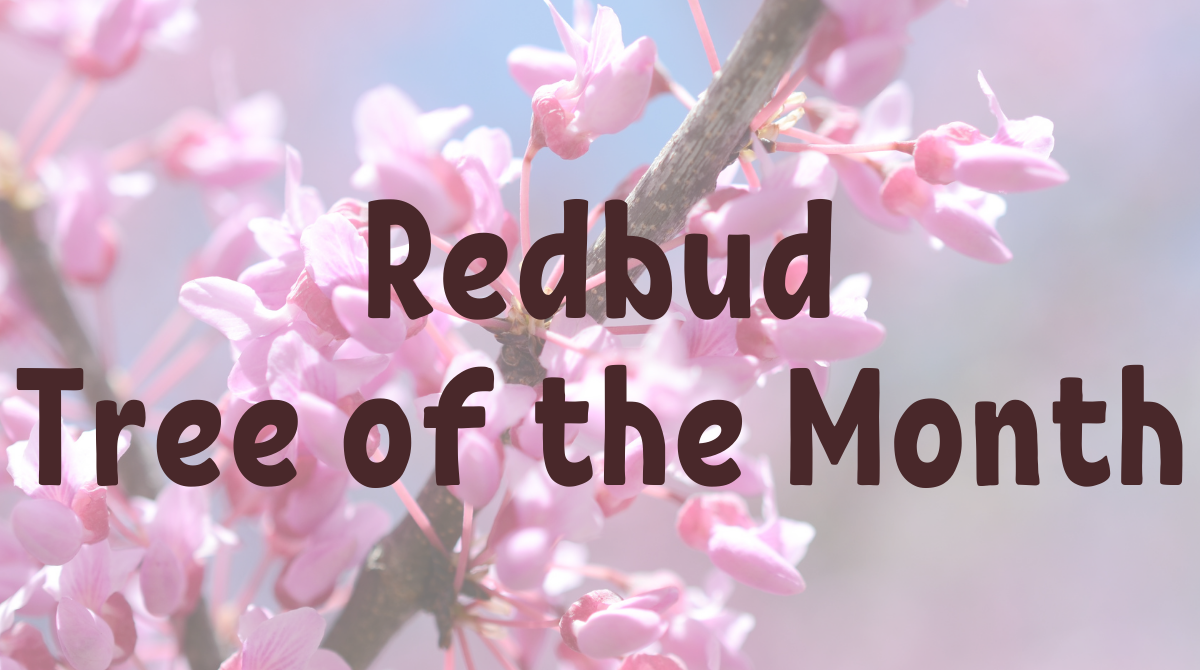
Let’s Celebrate Redbuds!
Redbuds are a small-maturing tree most often used for ornamental purposes in yards and gardens. They are most known for their heart-shaped leaves, which is why we are highlighting this tree during the month of Valentine’s Day. The very popular Eastern Redbud is native to the eastern US, but there are dozens of redbud species and cultivars that vary in shape and color.
Size at maturity:
- Height: 20-30 feet
- Crown Spread: 25-35 feet
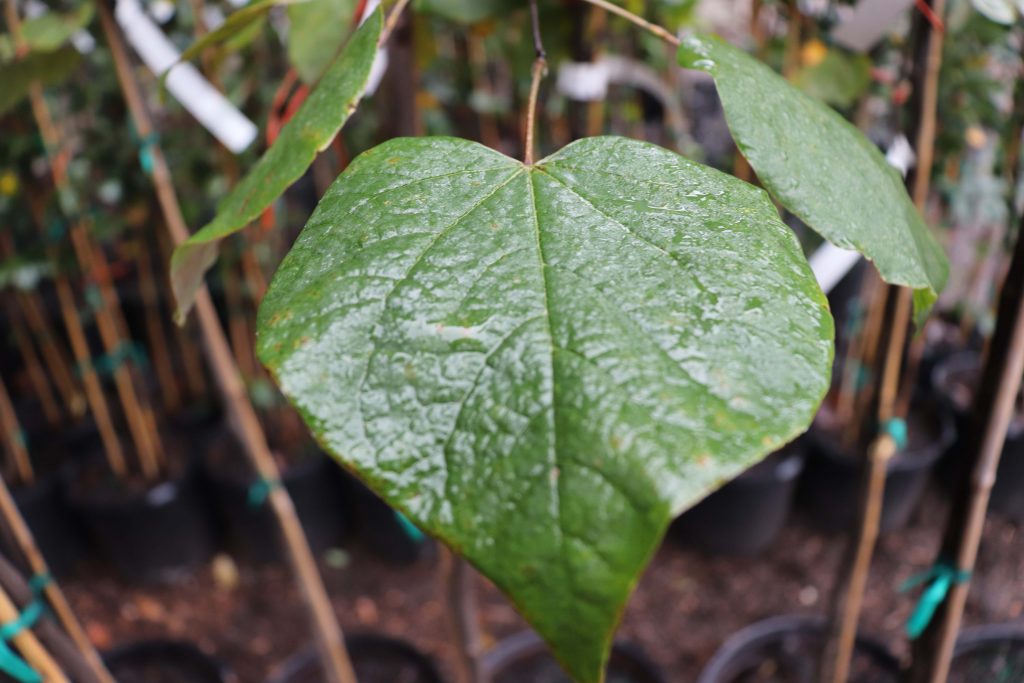
Shape:
- Rounded or flat topped
Leaves:
- Broadly heart-shaped
Fruit:
- Redbuds produce multi-seed pods that are edible
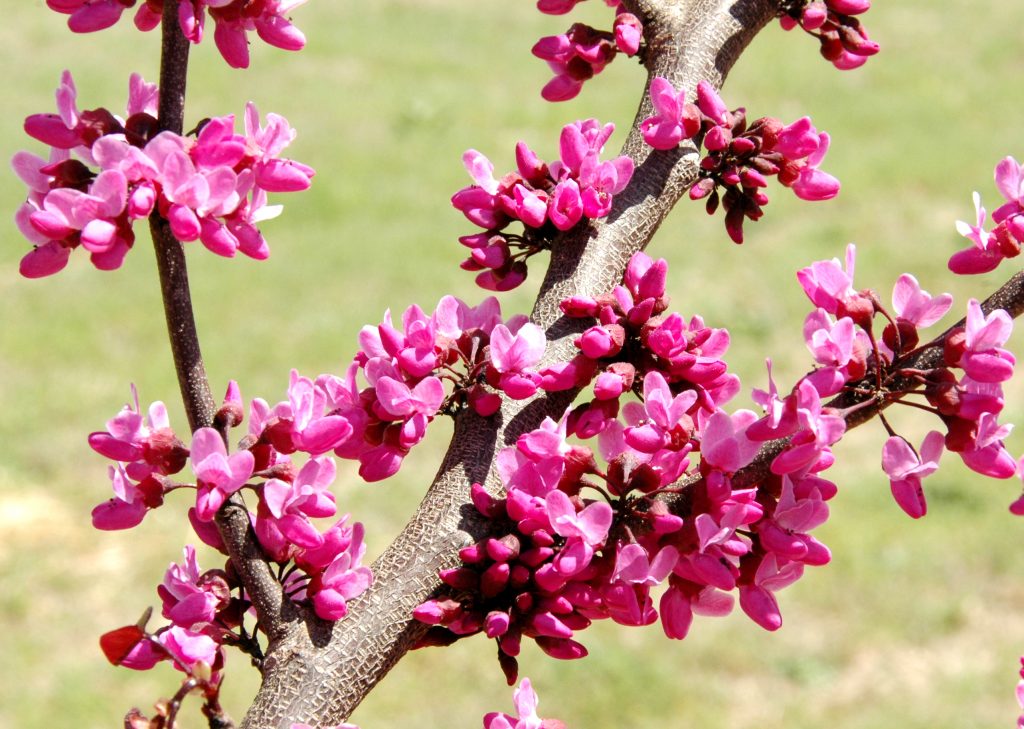
Sun:
- Full or partial sunlight
Soil:
- Can tolerate a wide range of soil texture and pH, so long as soil is well drained
Growth:
- Average growth rate of about 1-1.5 feet per year.
Location:
Redbuds occur in many parts of the world from Mexico to China to the Mediterranean. The Eastern redbud, which is native to our area, can be found as far north as Canada, as south as Florida, and as west as Texas. Redbuds in the wild can be found in the understory because they can tolerate low light well, but will have more impressive blooms when given full sun.
Use and Types:


Today, redbuds are often planted for their ornamental value. Their smaller size and flexibility when it comes to soil and sun requirements make them ideal for gardens, small yards, and patios. There are many cultivars to choose from besides just the naturally occurring Eastern redbud. Some popular ones include the Forest Pansy redbud, which has burgundy-green leaves that turn deep purple in the fall, the Rising Sun redbud, which has bright green leaves that change from yellow to orange from the outside in, and the Ruby falls redbud, which has cascading branches like that of a willow.
Wildlife Benefits:
The sweet, pink flowers of the redbud attract many nectar-seeking insects, such as bees and butterflies. Some bird species will eat the redbud seeds, and will use the long pods for nesting material.
Fun fact:
George Washington wrote in his diary about the beautiful redbud trees he found near his “old brick kiln.” He spent lots of time transplanting redbud seeds into his own gardens. Today, redbuds are a staple at George Washington’s Mount Vernon Estate.
